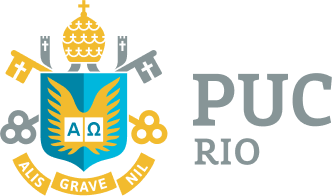Imperial Palace
From the 18th century to the 19th century, the Imperial Palace was used as the House of the Governors and the Viceroys, the residence of the Royal Family and the administrative headquarters of the city.
Renovated at the request of Governor Gomes Freire de Andrade (Count of Bobadela), the building was inaugurated in 1743 to serve as the House of Governors. The Portuguese engineer José Alpoim drew inspiration from the Ribeira Palace – the residence of the monarchs in Lisbon – to develop the project that marked the beginning of a series of works and constructions responsible for the revitalisation of the square known today as Praça XV.

In 1763, the city of Rio was elevated to the status of the colony’s capital, becoming the administrative seat of the viceroyalty and the residence of the Viceroy of Brazil. The House of Governors then became the Palace of the Viceroys. However, it was in 1808, with the arrival of the Royal Family, that the building experienced its most prestigious phase when it became the official residence and the centre of power of the Kingdom and the Empire – the Royal Palace. For this purpose, it was adapted to accommodate the numerous members of court who accompanied Dom João VI.

After
After independence was declared in 1822, the building became the Imperial Palace, serving as the administrative headquarters (where the Emperor conducted business) and a venue for festivities and official events. It was the site of significant historical events, such as the “Day of I Stay” (1822), when Dom Pedro announced his intention to stay in Brazil to the crowd that was assembled. It was also the site of the signing of the Golden Law by Princess Isabel (1888).

Following the Proclamation of the Republic in 1889, the Palace became the headquarters of the Post and Telegraph Office. In 1938, it was listed as a historical landmark by IPHAN (National Institute of Historic and Artistic Heritage), and after restoration in the 1980s, it became the Imperial Palace Cultural Centre. It serves as a venue for exhibitions and events, featuring a bistro, a restaurant and the Paulo Santos Library, on the first floor, which houses a collection of books on fine arts, architecture and urbanism and the history of Brazil, Portugal, and Rio de Janeiro.

















